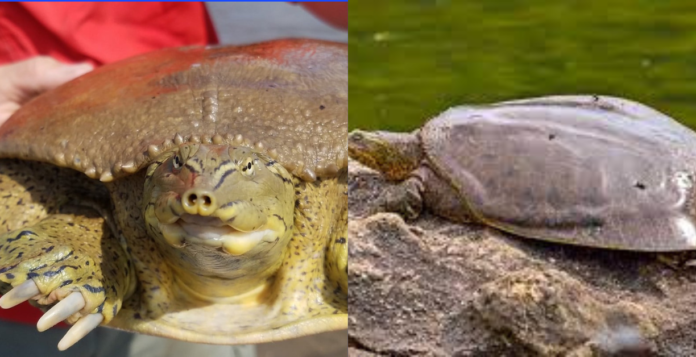The query of what do turtles look like without a shell is without their protective shell, turtles would appear lifeless. Indeed, the shell of a turtle is formed from bone and serves as a vital component of their living anatomy. Removing it would not allow the turtle to survive. Removing the shell would reveal the inner workings.
Unraveling the Mysteries of the Hidden Realm:
Turtles, those ancient creatures that appear to bear the burden of the world on their backs, possess a concealed anatomy beneath their iconic shells. This enigmatic structure has captivated the interest of researchers and inquisitive individuals throughout the ages. Exploring the mysterious realm beneath the turtle’s shell reveals a fascinating combination of adaptation and evolution, challenging our imagination just like a fish out of water.
what do turtles look like without a shell
Curiosity piques about what lies beneath the shell.
Upon initial observation, it is possible to envision the turtle’s skeletal structure bearing similarities to that of other vertebrates. Nevertheless, the reality is much more complex.
Contrary to mammals and birds, turtles have a unique feature where their rib cages and spine are fused together to form their protective shell. This fusion, which is a result of scientific research, offers a strong and defensive structure. It acts as a shield, safeguarding against potential dangers from predators and the environment.

Read more
who came first egg or chicken funny answer
how to remove paint from stone pavers
family vacations in florida on a budget
What is the mechanism behind the movement of turtles within their shells?
Despite the shell’s seemingly rigid nature, turtles demonstrate unexpected flexibility and mobility. Through the power of their anatomy, these creatures possess the ability to withdraw their limbs and head, finding solace within the secure confines of their protective shell. This retractable ability not only helps with defense, but also allows for smooth swimming and maneuvering in various environments.
Are there any areas of weakness that lack a protective shell?
Although the shell offers exceptional protection, there are still some areas that can be vulnerable. There are gaps between the shell plates, which provide flexibility but also leave the soft tissue underneath exposed. These areas, especially the limbs and neck, have a weaker defense compared to the rest of the body, making them more vulnerable to harm from predators or environmental dangers.
What about internal organs?
Hidden beneath its hard shell is an intricate system of internal organs that have evolved to suit the turtle’s semi-aquatic way of life. The respiratory system, for instance, combines elements of both terrestrial and aquatic breathing, allowing turtles to extract oxygen from water through specialized membranes in their cloaca while also relying on lungs for air-breathing when surfaced.

Are turtles equipped with a spine?
Indeed, turtles do have a spinal column, although it is fused to the inside of their shell. This fusion enables the necessary structural support and facilitates the synchronized movement of the limbs and tail, which are crucial for engaging in activities like swimming, digging, and foraging.
What is the process of shell growth?
It is important to note that a turtle’s shell is not a fixed structure, but rather a dynamic component of its anatomy, despite common misconceptions. As turtles mature, their shell also expands due to the presence of specialized cells known as osteocytes within the bone. The cells consistently add fresh layers of bone, slowly enlarging the shell to accommodate the turtle’s growing size.
Is it possible for turtles to survive without their shells?
Although the shell is crucial for a turtle’s survival, it is not completely impossible to imagine a turtle without its shell. Occasionally, injuries or deformities may lead to the unfortunate loss of the shell, revealing the delicate underlying soft tissue. In such situations, the turtle’s survival is significantly reduced because the shell plays a crucial role in protecting and supporting essential bodily functions.
Here is the answer of what do turtles look like without a shell. The anatomy of turtles, especially their distinctive shell structure, provides a fascinating insight into the marvels of evolutionary adaptation.
]With their flexible musculature and intricate internal organs, turtles are a prime example of nature’s ability to create resilient and adaptable organisms that can thrive in a wide range of environments. Although the shell is easily identifiable, the true wonder lies in the intricate relationship between structure and purpose that characterizes these ancient beings.
Unraveling the Mysteries of the Hidden Realm















